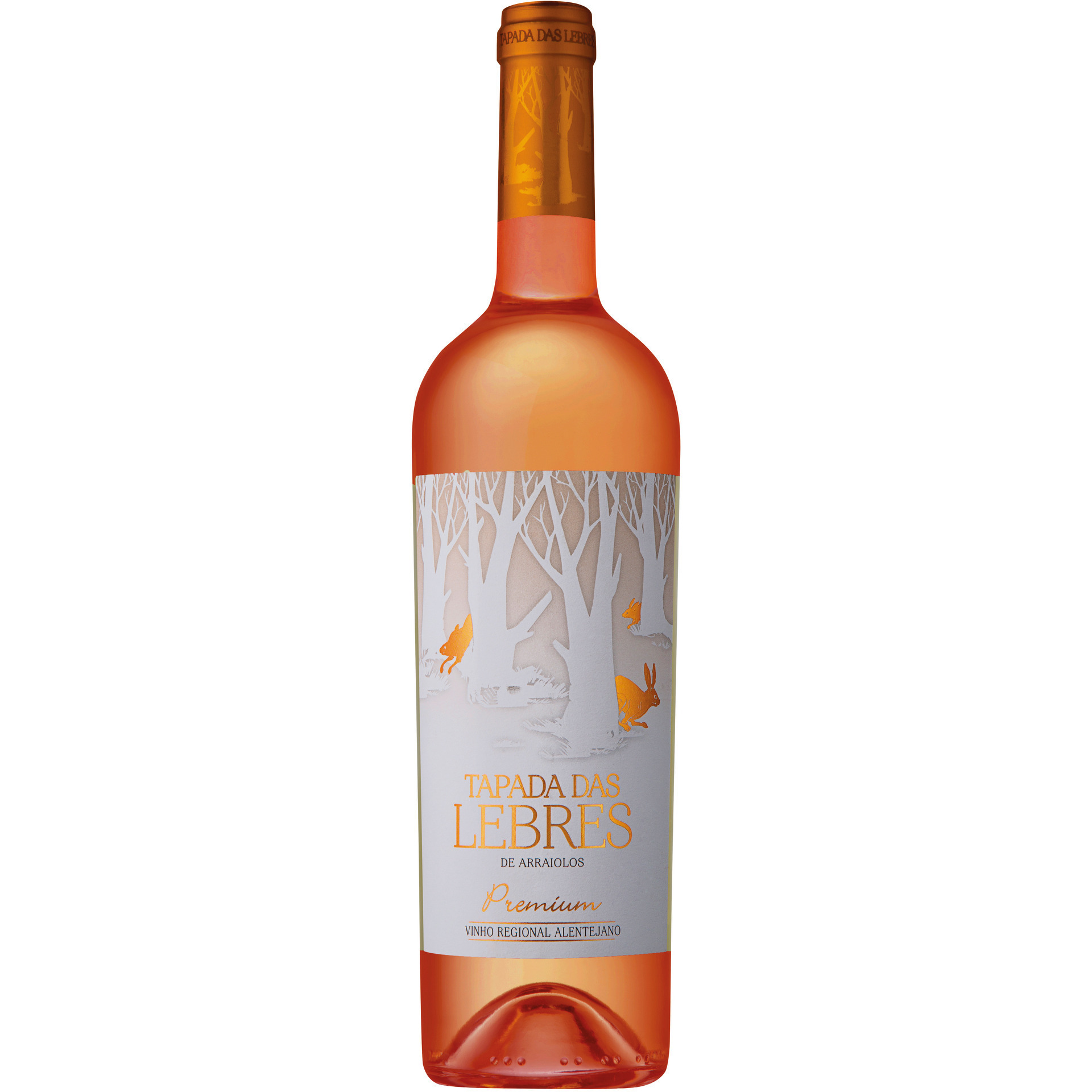Refreshing, the wine from Arraiolos in Portugal won an important distinction at this year’s Brussels World Competition.
The warm days have reminded us of how much we miss lunches and evenings outdoors. Whether it’s seafood, fish on the grill or even some fitter salads, the truth is that a chilled wine to go with it makes all the difference during these moments at the table.
So you can start thinking about what you’re going to serve on the menu, because for the wine you have to have at the table, we have the right suggestion of a bottle with a red fruit and candy aroma. We’re talking about Tapada das Lebres Premium Regional Alentejo Rosé: a rich, “greedy” option that finishes elegantly and refreshingly. These characteristics have earned it an international distinction.
Produced with the Syrah, Aragonez, Cabernet Sauvignon and Touriga Nacional grape varieties, this rosé won a gold medal at the Brussels World Competition in February this year, among more than 1,200 rosé wines evaluated by the jury.
As well as looking good on a composed table, with its salmon pink hue, it works as an aperitif and harmonizes especially well with sharply spiced food, Asian cuisine and the famous Italian pastas.
“The summer of 2023 in the Alentejo was not excessively hot, favoring the vinification of rosé and providing exceptional freshness and elegance to this vintage,” explains Jaime Quendera, the winemaker at Herdade das Mouras, the producer of this wine from the Arraiolos region.
“In addition to the very positive general feedback from consumers regarding all the wines from the Tapada das Lebres brand, which has become its reference brand for Alentejo wines, the specific feedback we have on Tapada das Lebres Rosé tells us that it is a wine of a much higher quality level than its selling price,” adds the producer.
With a medium shelf life, it can be kept for between one and three years, to be served at a temperature of 12ºC to 14ºC. The Herdade das Mouras brand was born with the planting of 227 hectares of vines in that specific location at the beginning of the 21st century. Before the vines, the landscape was made up of dense bushes and was part of a hunting area. The hares that existed there, and can still be found today, were also the reason for the name of this wine brand.
Related article: Portuguese wine producers marketing in the USA

